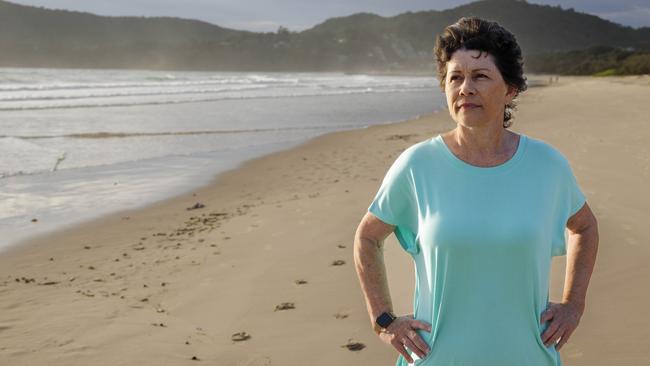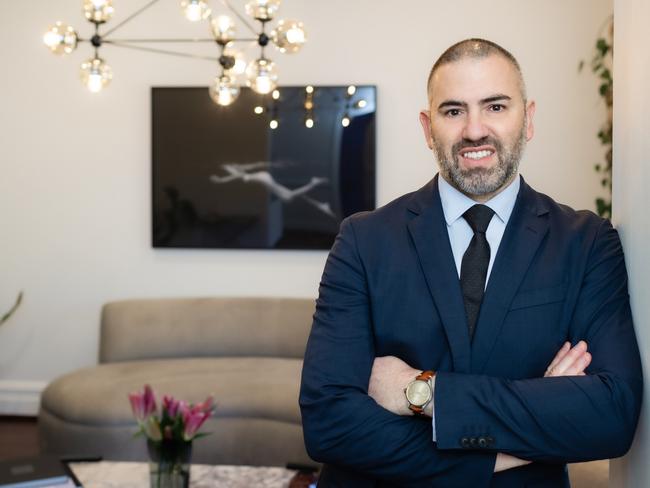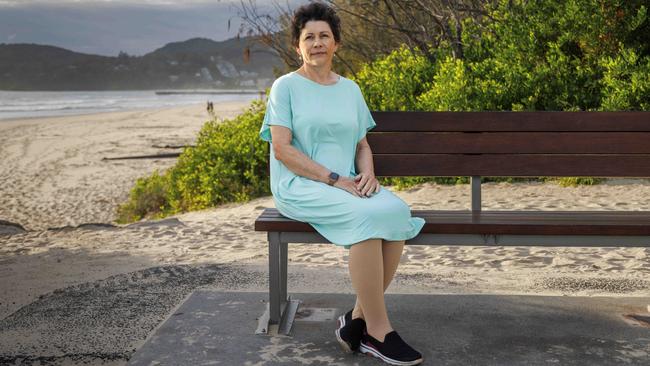Privately insured patients needing complex surgery pushed ‘to the back of the queue’ as hospitals chase profits
Private hospitals are refusing to grant surgeons access for procedures that are not profitable, leaving some fully insured patients unable to obtain timely surgery.

Private hospitals are refusing to grant surgeons access for procedures that are not profitable in a trend described as a “fiasco”, leaving some fully insured patients unable to obtain timely surgery.
Senior surgeons and top surgical bodies have spoken out about the practice that is resulting in a backlog of patients who need own-tissue breast reconstructions following mastectomy, reconstructive surgery after significant weight loss, and surgeries to prevent the progression of some chronic illnesses.
The doctors want an overhaul of remuneration arrangements that are negotiated between private health insurers and private hospitals without government input, saying a perverse system has been allowed to develop in which procedures that deliver the biggest profits to hospitals, such as joint replacements, are attracting the highest payments from insurers, prompting some private hospitals to prioritise those operations.
It’s left patients occasionally having to pay thousands of dollars out of their own pockets to access timely surgery.
“It’s heartbreaking to see patients with top-level health cover have to use their savings and superannuation to access treatment that their private insurance indicates they are entitled to receive,” said Perth plastic and reconstructive surgeon Adrian Brooks, one of the country’s leading specialists in abdominoplasty surgery.
Many of Dr Brooks’ patients need surgery following weight loss of up to 60kg, after which they develop medical problems from having a large amount of excess skin and need what is known as a “bodylift”. He also operates on many patients with the painful connective tissue disorder lipodema.
While gastric sleeve bariatric surgery operations that generally take 45 minutes and require a short hospital stay return about $10,500 to hospitals, a belt lipectomy or “bodylift” returns only $3500 despite being an approximate eight-hour operation.

“I used to be able to book these patients into any of four private hospitals, now I’m down to one and even then, most patients are declined,” Dr Brooks said. “They’re making me split the operation into two halves, so they can bill the patient twice.
“Unless I can find other ways of making money for the hospitals, such as adding on liposuction, which they can bill the patient for directly, they’re saying ‘we’re not letting you do this operation’.”
Patient Julie Cook, 57, of Noosa Heads in Queensland, recently had to wait for a year and pay thousands of dollars for medically indicated abdominoplasty surgery after working hard to lose 34kg, despite paying for top hospital care for years that cost $426 a month.
“For me it was life-changing surgery,” said Ms Cook of the operation to remove excess skin. “To have to wait unnecessarily really adds to the mental burden.”

Plastic surgeons specialising in own-tissue breast reconstruction – where tissue from other parts of the body are used to rebuild the breast shape – also say they are being affected, although the delays are not as extensive.
“These patients really go to the back of the queue,” says surgeon Ian Timms. “These are patients with a cancer diagnosis who are very anxious; we can’t say to them ‘we can do your surgery next week’. We have to say ‘we’re going to ask for a theatre list and we’ll get back to you when we get allocated that theatre time’.”
Australian Society of Aesthetic Plastic Surgeons vice-president Amira Sanki said the organisation was concerned some patients would go overseas for surgery.
“It seems really unfair that patients who have paid their private insurance premiums for years cannot access treatment with a surgeon of their choice in the safe setting of a private hospital,” Dr Sanki said.

At the core of problem are agreements between health insurers and private hospitals over remuneration for individual procedures, which are dictated by what is known as the DRG system, in which funding agreements are calculated based on The Independent Health and Aged Care Pricing Authority’s Australian Refined Diagnosis Related Groups, which sets weightings for particular surgeries. Hospitals are not obliged to choose funding codes based on the latest DRG version, and some are using codes that are as much as 20 years old. “It’s up for a lot of gaming,” one surgeon said.
Australian Private Hospitals Association chief executive Michael Roff said most hospitals were not refusing theatre space for complex surgery that attracted low remuneration, but the sector was under so much financial pressure following the pandemic that the issue was being widely discussed.
“I think it’s probably fair to say that everyone is looking at those sorts of issues and doing some margin analysis on different procedures,” Mr Roff said. “And the reason for that is the hospital sector is under severe financial pressure at the moment.”
Private Healthcare Australia policy expert Ben Harris said excessively high rebates for medical devices were incentivising hospitals to prioritise orthopaedic surgery. Out of every $7 paid out by insurers, five goes to the hospital, $1 to medical devices and only $1 to the doctor.
“When government regulation is driving supernormal profits for some procedures and not others we are going to find ourselves in this position more and more,” Mr Harris said. “We need regulation to be suitable for modern medicine.”






To join the conversation, please log in. Don't have an account? Register
Join the conversation, you are commenting as Logout